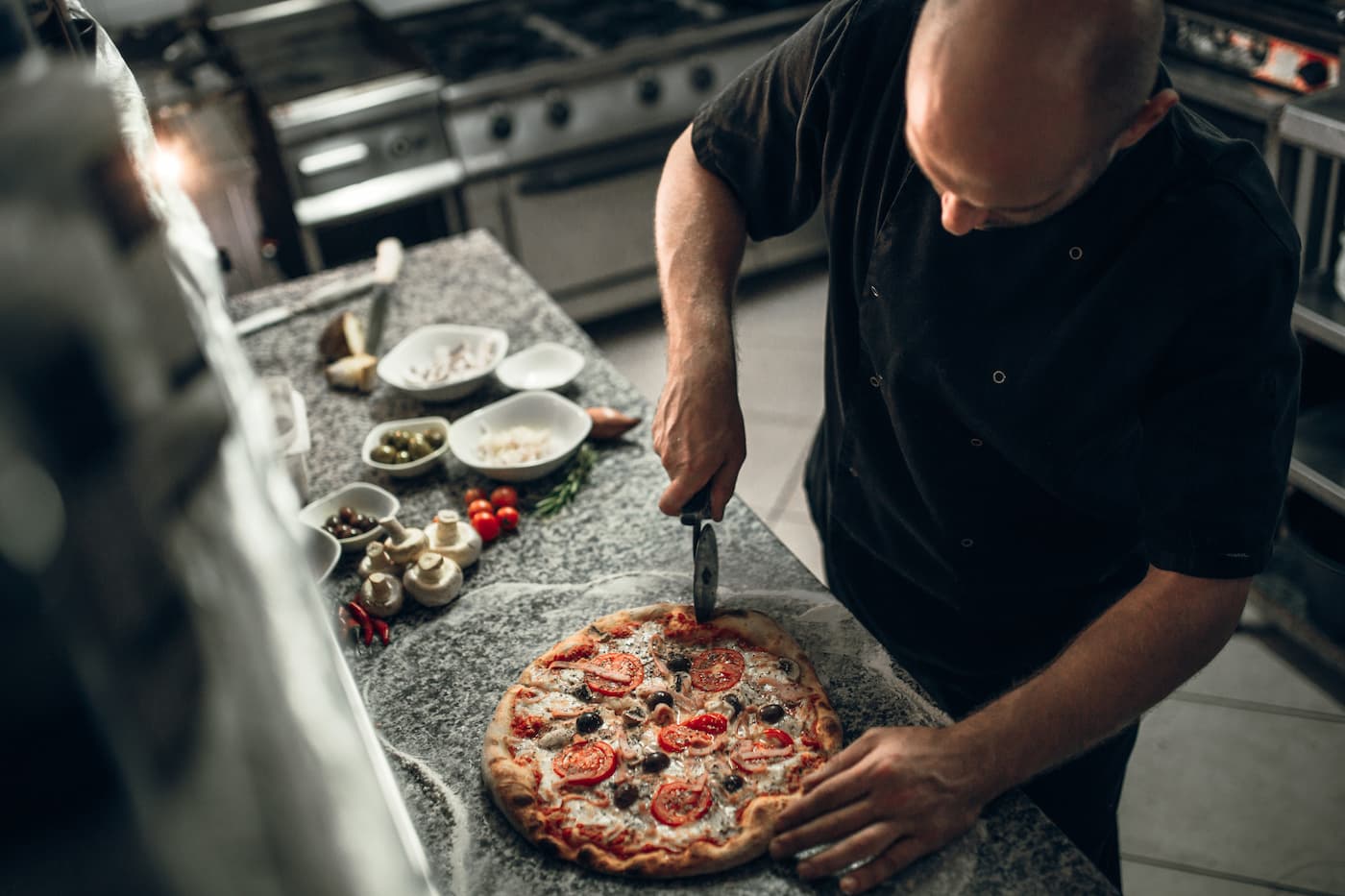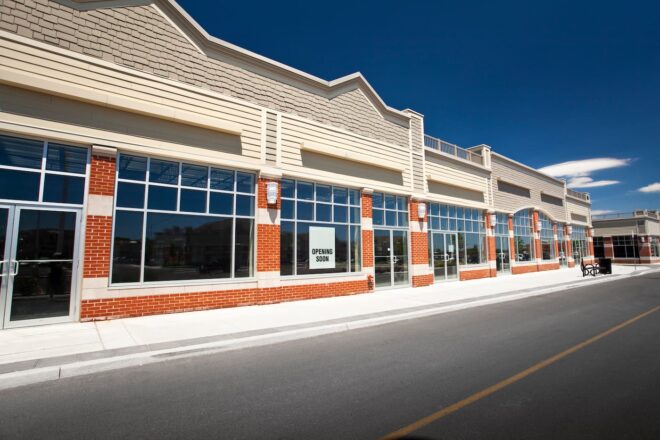As the world returns back to normal, a new dining trend is gaining traction. Ghost kitchens are an extension of the virtual brand concept, born from the evolution of delivery apps and the higher demand for delivery or takeaway meals. By 2030, they’re expected to represent 50% of the global drive-thru and takeout markets.
What is a virtual brand?
A virtual brand is one with no physical brick-and-mortar presence. It exists only online, with customers ordering items exclusively for delivery or occasionally for pickup from a depot.
While this concept may have started in the e-commerce space, ghost kitchens take the model one step further.
What is a ghost kitchen?
A ghost kitchen is one that exists for the purpose of preparing food and sending it off-site to hungry customers. There is no floorplan for in-restaurant dining. In most cases, there isn’t even a pickup location. Instead, the ghost kitchen acts more like a “warehouse” where food is stored and prepared before being delivered.
Some ghost kitchens are standalone entities, while others function as extensions or subsidiaries of existing restaurants.
How do ghost kitchens work?
Although every virtual restaurant brand uses slightly different procedures, most follow some variation of the steps below.
1. Set up your dark kitchen
Aesthetics are irrelevant when designing a virtual kitchen. If you have enough space to prep and cook – plus an area for third-party delivery services to access the orders – you can start preparing your menu.
2. Create online ordering options
The next step involves creating a virtual menu with online ordering capabilities. Some restaurants already have all this in-house. If you don’t, you’ll need to integrate your menu with a third-party delivery app – complete with built-in ordering and payment acceptance.
3. Deliver food to your customers
You’ll need to find a way to get your freshly prepared meals to customers. Depending on your location, curbside pickup and drive-thru may be possible. However, offering either somewhat dismisses your kitchen from being truly “virtual.”
Many ghost kitchens partner with third-party delivery services. However, it’s also possible to keep delivery entirely in-house if you already have a parent restaurant and drivers for your ghost kitchen. If choosing a partner service, expect to pay a fee for each delivery.
How to open a ghost kitchen for your restaurant
If you’ve already set up a full-service restaurant, creating a ghost kitchen is very similar, but with fewer steps involved.
For example, you’ll still need to invest in the following:
- Kitchen supplies and equipment
- Food safety inspections and permits
- Inventory and ingredient management
- Hiring, training, payroll, and employee benefits
- Marketing and customer engagement
You’ll also need a written business plan, startup funding, and all the other components required to launch a small business. Keep in mind, there are some details you can skip when opening a virtual kitchen such as:
- Signage and interior decorating
- Tables, chairs, and other furniture
- Servers, bussers, and hosts
What are the pros and cons of opening a ghost kitchen?
Launching a virtual restaurant offers certain advantages and disadvantages over the traditional brick-and-mortar business model. Let’s look at some of the cons first.
- You’re paying for a separate facility, with additional expenses and paperwork.
- There are more packaging logistics, such as disposable containers and to-go condiment packets.
- Relying on single-use packaging and cutlery is less green than in-restaurant dining.
- Using third-party delivery apps can quickly eat into profits.
- Relying on third-party delivery services means losing some control over the customer experience.
Fortunately, the ghost kitchen business model offers a host of attractive benefits that make the concept worth it for a growing number of restaurant owners. Chief among these is the fact that you can reach a much larger audience, since you’re no longer limited by your restaurant’s floor space. As long as your kitchen can handle incoming orders, you can serve and deliver food to an unlimited number of customers – especially if you have multiple ghost kitchens running simultaneously.
Other benefits of setting up a ghost kitchen include:
- The ability to test new restaurant concepts without committing huge resources. Historically, you would’ve had to rely on a food truck or popup restaurant to try new ideas.
- No more dash-and-dine. The kitchen doesn’t start prepping any food until the order comes in and has already been paid.
- Enhanced business continuity. Virtual restaurants are able to stay open regardless of pandemic restrictions or social distancing guidelines.
At Clover, many of our restaurant customers have had success with the ghost kitchen concept. They use our online ordering capabilities to streamline the process. Thanks to the Clover App Market, there is no shortage of third-party delivery services that integrate seamlessly with our point of sale devices.
To learn how we can help you launch and grow your ghost kitchen, set up a free demo with a Clover Business Consultant today.
GET STARTED






